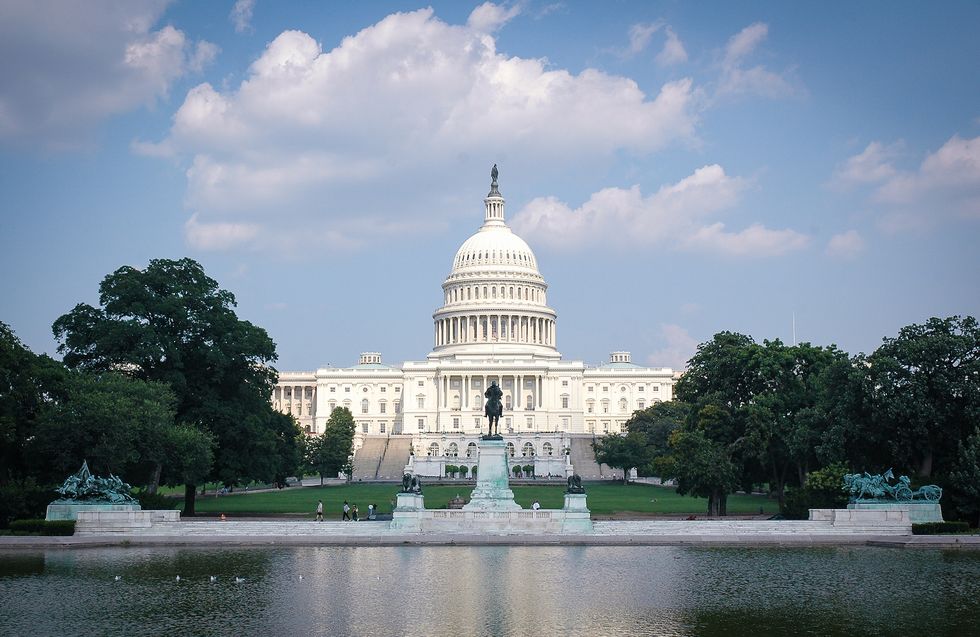
In a government shutdown, all non-essential government services will cease operation, and employees performing those duties will be furloughed. In 2013, the government shutdown affected 850,000 employees. (Image source: zrfphoto/Getty Images)

Democrats and Republicans on Capitol Hill are negotiating a 2018 budget legislation in preparation for a government shutdown if a deal is not reached by Friday evening (12 a.m. on Saturday, to be exact). While Democrat lawmakers insist on a deal for the Deferred Action for Childhood Arrivals (DACA) program, little progress has been made as Republicans hold strong to their demands of border wall funding.
All non-essential government services will cease operation, and employees performing those duties will be furloughed, which means they will be forced to take an unpaid leave of absence.
This typically includes:
During the last government shutdown in 2013 about 850,000 federal employees were furloughed, which was approximately 40 percent of the workforce. That shutdown lasted 16 days before Congress reached a deal.
Once a budget deal is reached, Congress typically passes legislation to retroactively pay furloughed workers for the days missed.
According to the Congressional Research Service, there have been 12 shutdowns since 1981, the year it was codified in the Anti-Deficiency Act that government must stop running in the event of a funding gap. Previous to 1981, the government stayed up and running in anticipation of Congress reaching a deal and retroactively funding the programs.